(Psst: The FTC wants me to remind you that this website contains affiliate links. That means if you make a purchase from a link you click on, I might receive a small commission. This does not increase the price you’ll pay for that item nor does it decrease the awesomeness of the item. ~ Daisy)
Growing a garden is almost a must in these days of shortages and skyrocketing prices! Buying all of the tools we need can add up quickly, even if we get them on the cheap. So why not use what we already have? This is cheaper and better than just throwing potentially useful items into a landfill. Those of us whose parents and grandparents lived through the Great Depression can attest to the fact that nothing was ever thrown away. Not so much as a button or piece of string was wasted!

That sounds like a great example to follow, especially now. In this article, I’ll show you ways to repurpose items household items you already own for garden use.
Bedsheets
These wonderful items have SO many uses! Light-colored sheets are the best since the light colors allow light through the cloth while keeping heat near the plants. Use these to cover plants on a frosty night or shade them on a too-hot day. Make row covers to keep unwanted pests out, but remember to uncover your plants during flowering so the pollinators can get in!
Use bedsheets to drag heavy things across the yard rather than carrying them. Once the sheet becomes too ripped & damaged for these uses, cut it up into smaller pieces for use as plant ties and hammocks for heavier vegetables that grow up trellises, such as watermelons. And how about as landscape cloth? Lay these under your new raised bed to discourage weeds.
Milk jugs
Another very fine multi-use item! Cut them in half and use the top half as a scoop while saving the bottom half to use as a cloche on cold nights. Paint the jug black, fill it with water, and lay it on the bed during the day. The jug will absorb heat and release it at night, keeping the plants from a cruel death by frost. Combine with bed sheets as above for extra effect! Or surround your plants’ wall of water style. Use jugs to mix both fertilizer and pesticides. Make a self-watering planter or use it as a simple watering can. Use the top half as a funnel and the bottom half as a paint tray.
Another use for these is a technique called winter sowing, which uses the jugs to create a micro-climate over the winter, helping plants get a head start in spring. This also saves hardening out, which saves a great deal of effort when one has a few hundred seedlings to deal with. For more information on this technique, go HERE.
Soda bottles
These can be used similarly to milk jugs. They can also be stacked on a fence post or other similar column-style structure to turn that unused area into food production. Grow greens and herbs in these, saving the bed and container spaces for larger items. Turn these and similar style bottles into a Kratky jar for year-round production using passive hydroponics!
Old clothes/pantyhose
Who doesn’t have old clothes? They make great dust rags and can be used in the garden to tie plants to stakes for support. Pantyhose are especially great as hammocks for heavier vegetables growing on a trellis, such as cantaloupe.

Cut up old blue jeans to use as tree guards. The rabbits will hate you, but they’ll leave your young trees alone! Larger items can be used similarly to old bedsheets, such as plant and row covers.
Plastic utensils
Knives, forks, and spoons can be very useful in the garden! Break the middle tines out of forks to use as supports for smaller plants, or use them to run string when sectioning off a bed. Spoons and knives make great labels.
Old measuring cups
These are very useful for measuring fertilizer for side-dressing, as well as measuring pesticides. Small gardens don’t tend to fit well into the large recipes on the package, and smaller utensils can help. I keep my 1/4 cup dry measuring cup in my garden bag, so it’s easy to find. I just dig a small trench beside my row, measure 1/4 cup, and sprinkle carefully. Cover, water in, and move on. The 1/2 cup works well for larger rows, and my spoon measures are also helpful.
Clothespins and bread tags

These can be used as plant labels. Who doesn’t get tired of losing those in-ground labels? Clip these to either cage or vine. If you can repurpose household items as simple as these, you’re only limited by your creativity with repurposing other items as well.
Old tomato cages
Turn these over to make a bean teepee! Really, these cheap things don’t work well to hold tomatoes, at least not for me, so why not repurpose them? While pole beans like a longer run, bush beans will grow up just fine. Some peas also grow in a more bushy habit and might work well here.
This barely scratches the surface on how to repurpose household items!
How about that old furniture? Turn it into a planter! And don’t forget to compost your food scraps. You might even consider tossing a banana peel into the hole when planting tomatoes. For more ideas and the down & dirty of homesteading, consider The Dirty Truth About How To Start Homesteading. You’ll get a nice reality check that will help you build a successful homestead no matter where you live.
How do you repurpose common household items? Let us know in the comments below!
About Amy Allen
Amy Allen is a professional bookworm and student of Life, the Universe, and Everything. She’s also a Master Gardener with a BS in biology, and has been growing food on her small urban lot since 2010.
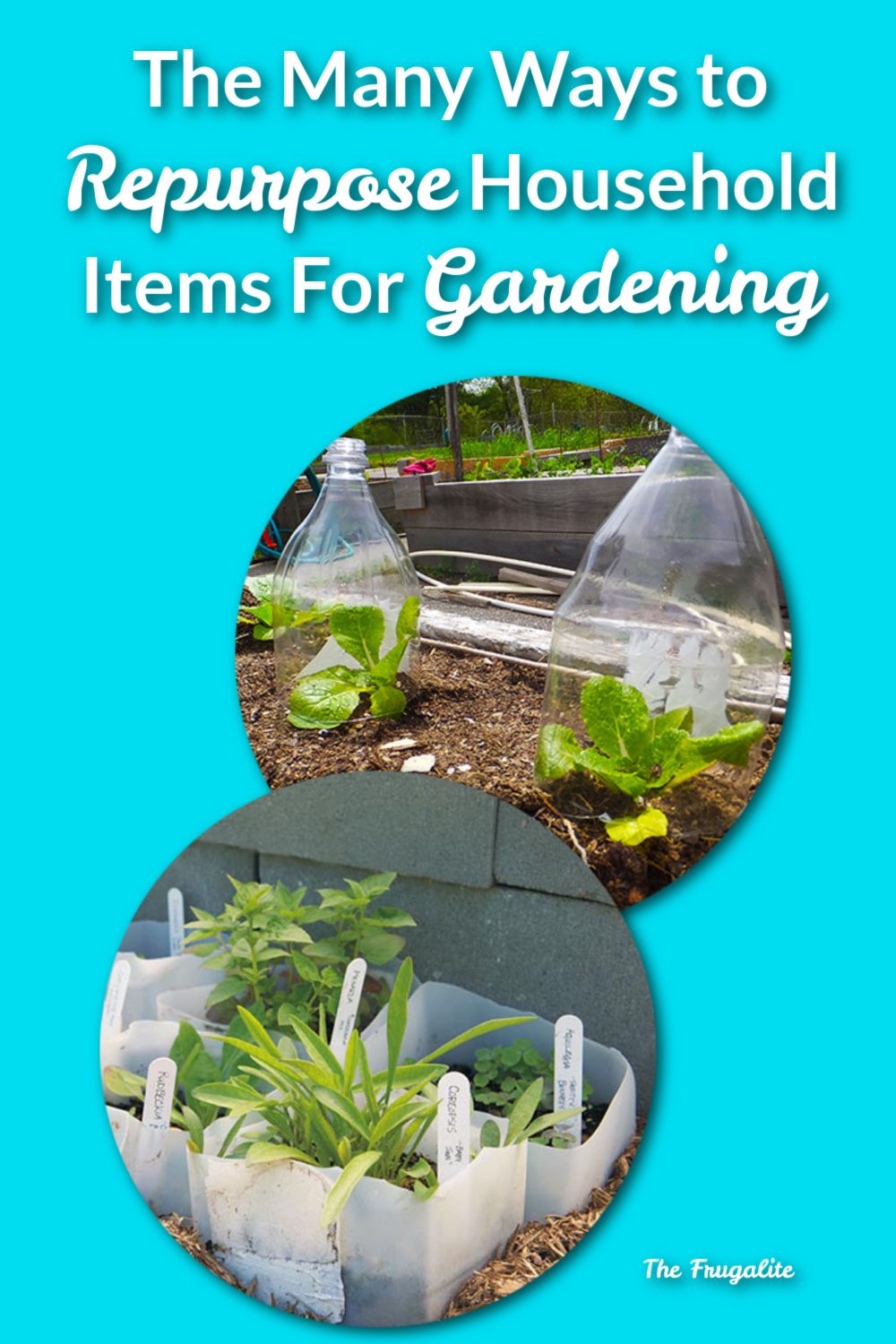

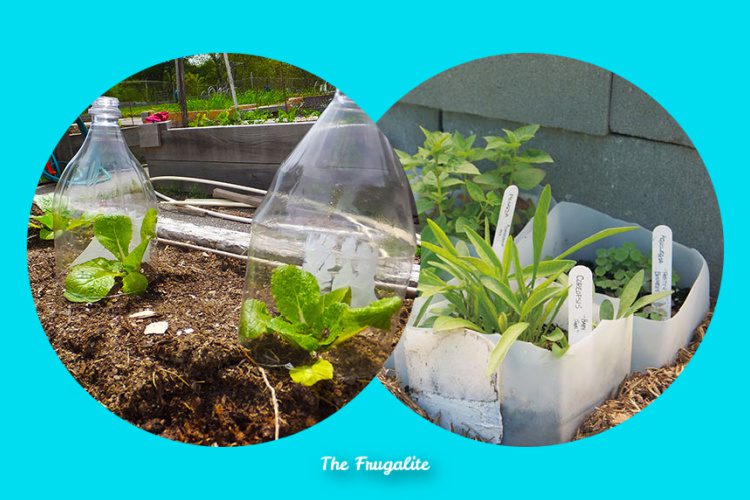

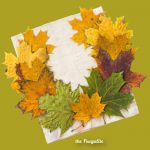


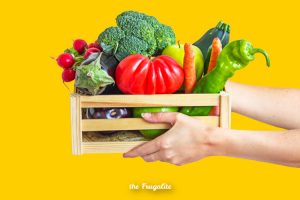
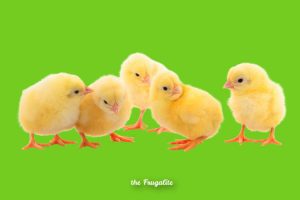
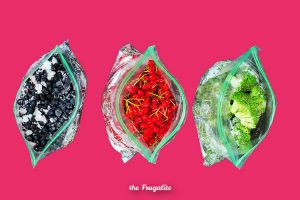
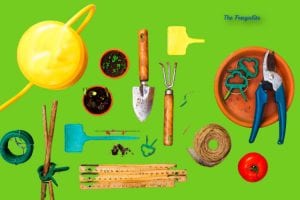

3 thoughts on “The Many Ways To Repurpose Household Items For Your Garden”
This may sound a little out there, but I save the strings when I open a cattle/horse feed bag. I have a quart baggie packed full like a tick about to pop. My plan is to use these strings when I start to experiment with Viking nalbinding. It looks like crochet but is really needle weaving with strings approximately two feet long. I also keep my Irish Wolfhound’s groomed fur to use in wet felting. I know some people spin it but I want to do some felted items.
Whenever I get a craving for corndogs, which is not too often, I keep the wooden sticks and use them as plant markers after I have cleaned them.
Those are great ideas! I’m not quite up to felting but I also use popsickle sticks as plant labels. Reuse and repurpose! And waste not, want not of course.
For those who like in-ground markers, I have cut strips of plastic off an opaque bottle and labeled them with Sharpie. I also have quite a nice little collection of regrown green onions (re-grown from grocery store-bought scraps) growing in pots made out gallon water jugs, the squarish ones, with holes poked in the bottoms with a thumbtack. Water still drains but not too fast.